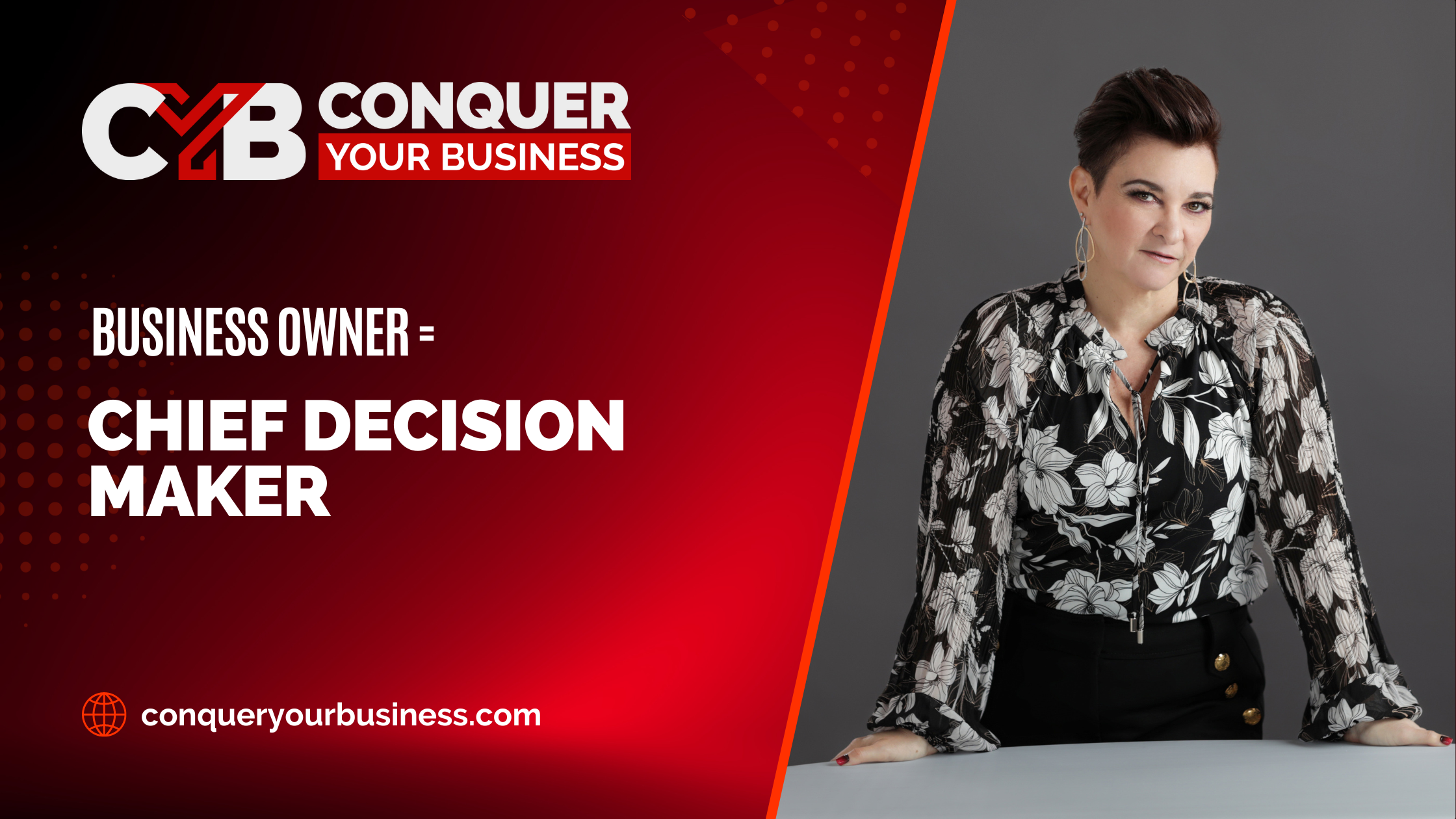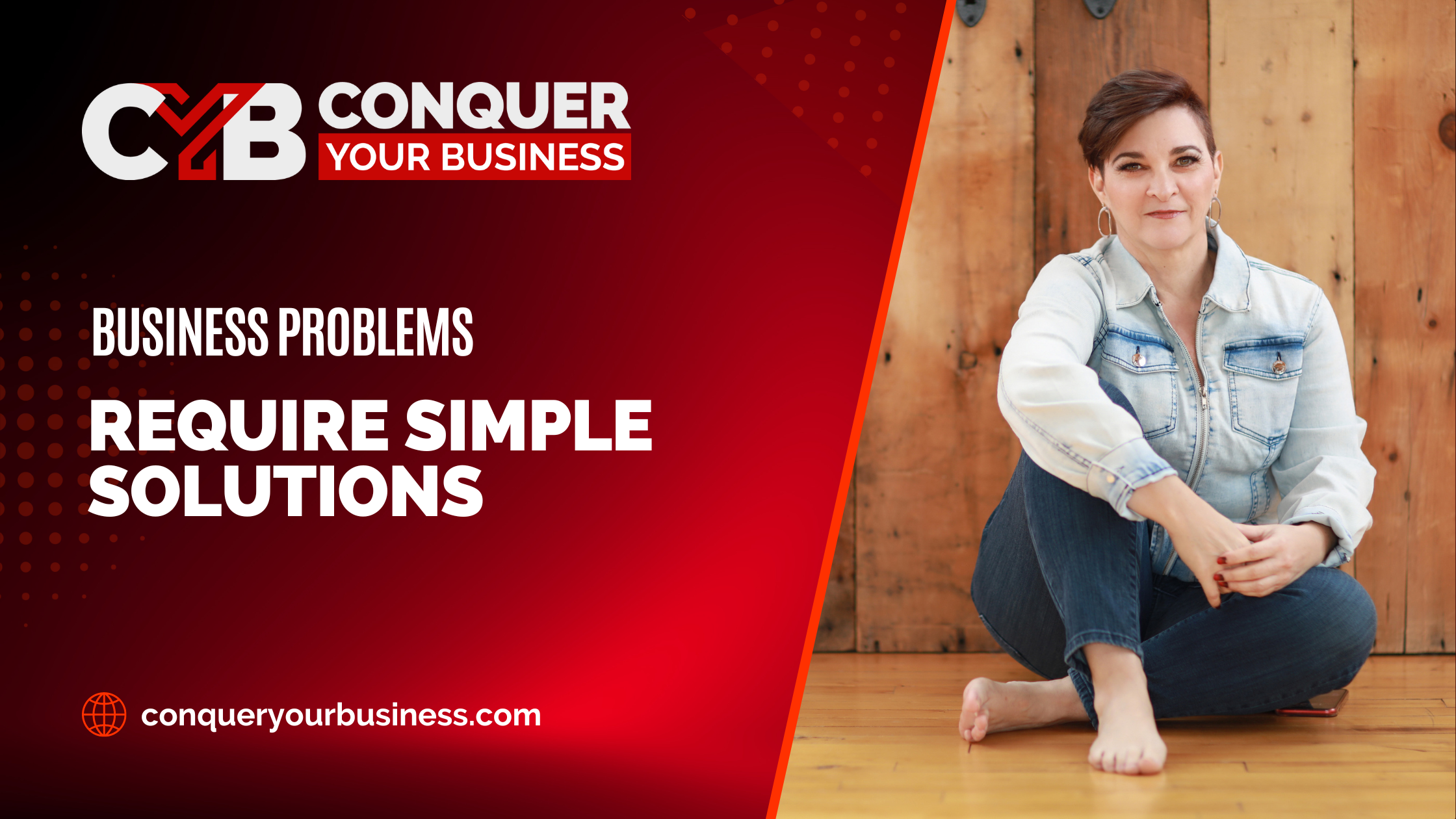November is the time of year when most small business owners are working on their strategic plan for 2024. It’s actually my favorite time of year, because I absolutely love going deep into strategic planning for my business. I love the puzzle of growing a business. I love looking at everything that we have done, and everything that we want to do. I love figuring out how we are going to put the puzzle together. And I love analyzing what is working, what is not working, where we need to be, what we need to do, and what we need to stop doing.
Getting things organized is one of my personal ways to feel less overwhelmed or chaotic, so I embrace this level of deep-dive planning. It makes me feel much more in control of the outcomes that I am trying to create. Not everyone feels the same about strategic planning for their business growth, so these dos and don’ts should make the process more exciting and inspiring as you plan a successful new year and review and tweak those plans throughout the year.
Do make plans! Don’t expect them to happen as planned.
Dwight D. Eisenhower is famous for saying, “In preparing for battle, I have always found that plans are useless, but planning is indispensable. In other words, it is important to make plans, but don’t expect them to always go as you expected.
What you learn from the planning process is invaluable. There are many pieces to business that are outside of your control, so to expect your plan to happen as planned is just an exercise in frustration. It’s just not how things go. Being too specific about how the plan needs to unfold can derail you. Being tied to your plan in too much detail can also hinder your efforts.
To combat being thrown off our plan, I organize all of our business initiatives in one of three categories using a spreadsheet with three tabs. The first tab is titled Bucket, which is the entire list of initiatives that I want to undertake. In the second tab, you’ll find our current initiatives under the In-Progress section. The third tab contains Completed Initiatives. I keep them in that tab after we finish them, so that we can look back on our wins and see how far we’ve come. As business owners, it is very important that we review our progress and celebrate our wins. Sometimes those completed initiatives also inspire new ideas.
Organizing our initiatives in this way accomplishes several goals. By creating a list of our initiatives, we can include ideas that are “on hold.” This way, I can get the idea out of my head and remove the distraction without forgetting it. The idea can stay in the Bucket category until we are ready to either start working on it or dismiss it as something we do not want to actually do.
Instead of organizing our initiatives according to the date we want to work on them, we list them in the order that we want to do them. Planning solely by a date sets you up for failure, because if you fall behind your schedule, you are more likely to scrap the whole idea. Without dates, you can choose the initiatives you want to work on, make your plan to implement the initiative, get the ball rolling, and once it becomes easier, go to the bucket tab and choose your next initiative. If you fall behind your schedule, it will not derail you, and you are free to move other initiatives to the top of the list.
DO Be Massively Clear About What You Want
The second strategic planning tip is to be massively clear about what you want to achieve in your business. This does not mean that you have to know how it is going to unfold. There’s a distinction between having a desired outcome with uncertainty about the process and not knowing what you want to achieve.
I speak with between ten to twenty business owners a week. One question I often ask is, “What do you want? What are you creating?” Most business owners answer with their financial goal that they want the business to earn. And while that is a great place to start, too often people stop goal setting with the dollar amount.
There are multiple paths for a business to reach a financial goal, each offering a different business model, lifestyle, and strategy. A $1,000,000 income goal could happen with four clients at $250,000 each, or one thousand $1000.00 clients. Both versions equal $1,000,000, but they are very different business models.
When you go deeper with what you want, you will make better decisions about what to do to get there. Be very specific about how you want to spend your days, the type of clients you want to serve, and the company you want to own. Being unclear about what you want leads to challenges in decision making and being susceptible to shiny-object syndrome.
In one of Richard Branson’s books, he spends a lot of time talking about how he has gotten where he is by saying no to things. He can say no because he knows exactly what it is he’s trying to create, so he says no to anything that is not in a direct path to what he is focusing on. He can only do that because he knows exactly what the outcome is that he’s trying to create.
Give yourself the gift of clarity by applying this litmus test to every decision you make. Before deciding on something, consider if it brings you closer to what you want.
Do dream bigger!
Another quote that I really like is, “We overestimate what we can do in a day, but we underestimate what we can do in a year.” Whatever you are planning to undertake, ask yourself what the bigger, better version of it is .
On March 1, 2020, I had 30 speaking gigs booked for the rest of the year. By March 31, 2020, I had exactly zero speaking gigs booked for the year. That was an immense problem for me, because speaking was one of the primary ways that I grew my ecosystem and met new clients.
After losing all of my speaking gigs during a pandemic, I started looking into getting on podcasts as a guest to replace that opportunity. Then someone asked me, “What if you launched your own podcast?”
Today, the Ready Yet?! Podcast is now in the top 3% of all podcasts globally according to Listen Notes and is about to reach 13,000 organic downloads. You can imagine the bigger impact that it has had on my business, compared to if I was only a guest on other shows.
Don’t Play Small, Do Go for More
Business owners often face challenges because they don’t think big enough. They feel passion for what they want to do burning inside them. They have a dream of the business they would like to own. But what they are doing will not get them there because they are playing too small.
As you work on your strategic business plan for 2024, or during your periodic reviews throughout the year, get massively clear about what it is you are trying to create. Do not just focus on the dollar amount, but on the life you want and the business you need to support that life. Go deep into the planning process, but do not get so tied to a specific plan that you forget to go for more.
Learn How You Can Work with Us: Get in Touch




